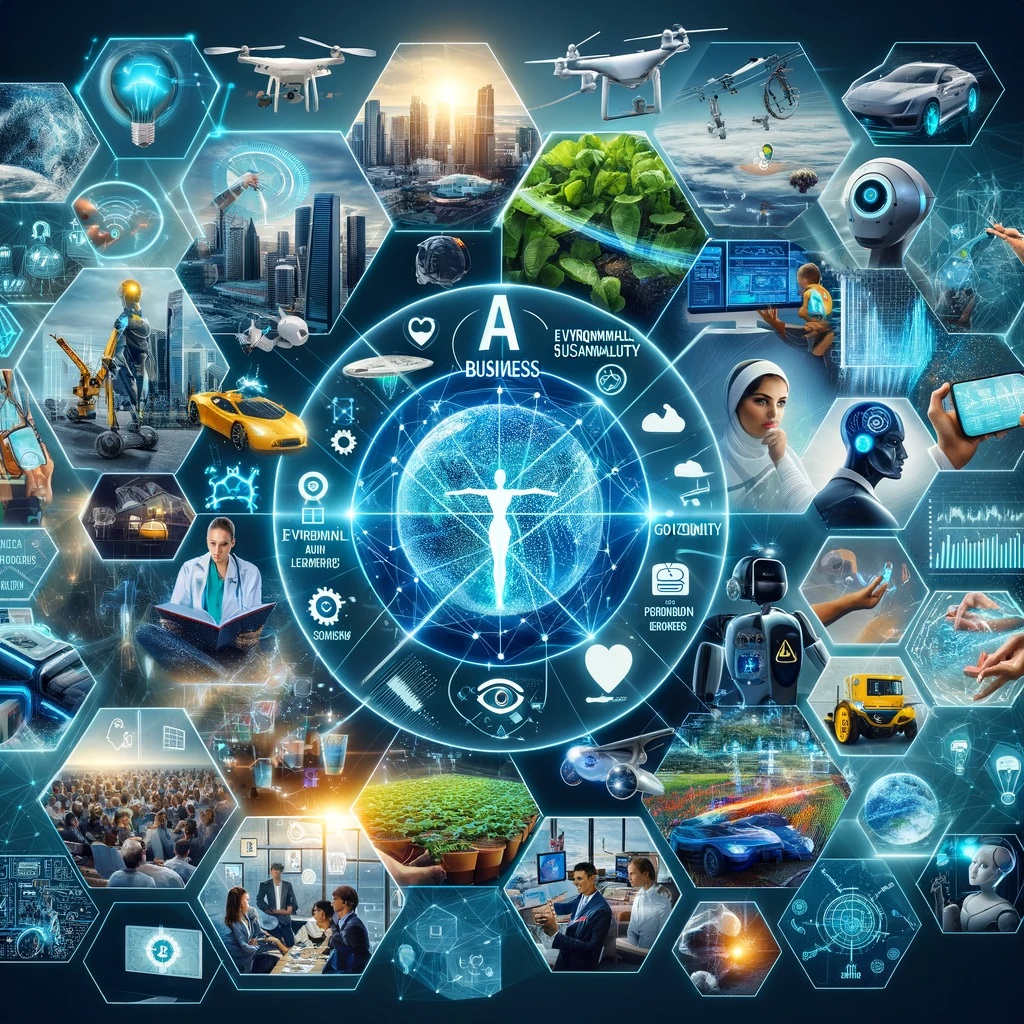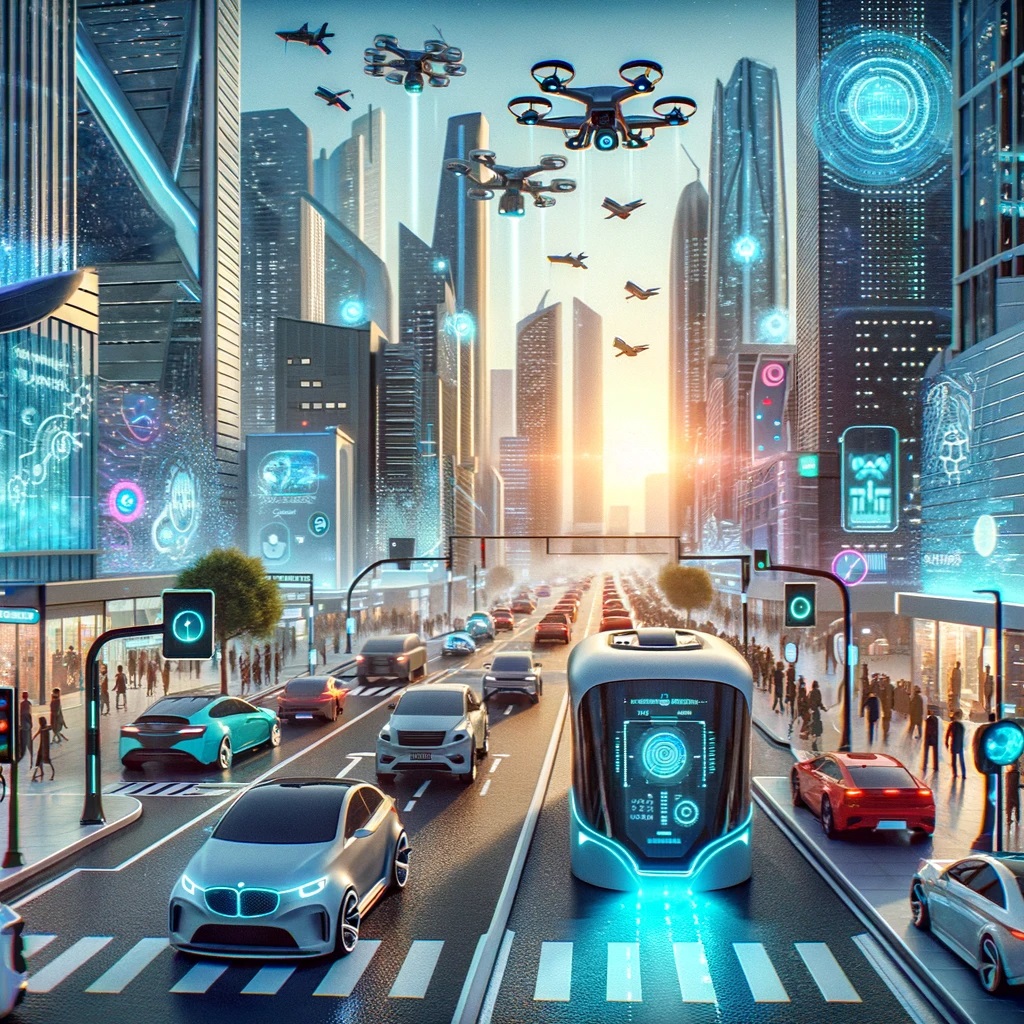Exploring the intersection of technology and craftsmanship, the question of whether AI will replace carpenters has become increasingly relevant. As artificial intelligence systems advance, they are being integrated into various industries, revolutionizing how tasks are performed. The field of carpentry, with its rich heritage of skill and precision, is not immune to this technological encroachment. This dynamic has sparked a robust debate about the role AI will play in the future of carpentry will these intelligent machines enhance the carpenter’s toolkit or render the human touch obsolete?
Use of AI for Carpenters
The integration of Artificial Intelligence (AI) into the world of carpentry is revolutionizing the way carpenters work. AI technologies are being leveraged by skilled artisans to enhance precision, efficiency, and safety in various carpentry tasks. From complex design and planning stages to actual wood craftsmanship, AI-powered tools and machinery are enabling carpenters to execute their projects with remarkable accuracy. With the assistance of AI-driven software, carpenters can now visualize end-results using 3D modeling, optimize cut lists to minimize waste, and even predict the structural integrity of their creations before making the first cut.
The Potential for AI to Replace Carpenters
The integration of Artificial Intelligence (AI) into the construction and woodworking industries heralds a transformative era with potential implications for carpenters. AI technologies are now increasingly encroaching into areas historically dominated by skilled tradespeople, promising innovations that could streamline processes, increase precision, and potentially change the role of carpenters. This technological tide brings with it sophisticated tools such as AI-powered design software, robotic cutting systems, and smart automation that can perform tasks ranging from complex calculations for structural integrity to the physical construction of timber frameworks.
As the capabilities of AI expand in the realm of carpentry, there is a burgeoning curiosity about the extent to which these intelligent systems can assume the responsibilities of human craftsmanship. The question looms large: Will AI simply augment the carpenter’s toolkit, enhancing productivity and safety, or does it signal a more fundamental shift, where AI could one day fully replace human workers in carpentry roles? The discourse surrounding AI’s role in carpentry not only addresses the technological feasibility but also the social and economic ramifications of such a shift, spotlighting the need to balance advancement with the preservation of skilled labor.
How Is AI Transforming Carpentry Tools and Techniques?
The integration of Artificial Intelligence (AI) into the field of carpentry is altering the landscape of this age-old profession. AI-enhanced carpentry tools and techniques are revolutionizing how carpenters work, increasing precision, safety, and efficiency. Smart tools equipped with AI technology are capable of complex measurements and cuts that are accurate to fractions of an inch, thus reducing material waste and saving time. AI also enables predictive maintenance of tools, ensuring they are in optimal condition, without unexpected downtime. This digital transformation is not just improving the quality of work but is also opening new possibilities for design and construction in carpentry.
With the adoption of AI in carpentry, custom and elaborate woodworking projects are becoming more accessible. AI-powered software can quickly render design variations, allowing for greater creativity and customization in projects. Carpenters can input specific parameters, and the AI algorithms can suggest the most efficient methods and processes for creation. This blend of traditional craftsmanship and modern technology is fostering a new era in carpentry where there is a synergy between the artisan’s skill and advanced technological assistance, leading to superior outcomes in woodcraft and construction.
Can AI Innovations Enhance the Creativity of Carpenters?
In the realm of craftsmanship and construction, carpenters have long stood as the backbone of creativity and structural innovation. However, the emergence of artificial intelligence (AI) in the carpentry industry has sparked conversations about the potential fusion of traditional woodworking skills with cutting-edge technology. By employing AI-driven tools and software, carpenters can now explore a new horizon of creative possibilities, from intricate design simulation to optimization of materials and even the automation of certain repetitive tasks. This integration not only enhances efficiency within the carpentry trade but also opens doors for carpenters to delve into complex projects that were once beyond the scope of manual execution.
AI’s role in extending the creative capacities of carpenters is an exciting development that could redefine the craft. Advanced machine learning algorithms assist in predicting structural integrity, enabling more ambitious designs, and personalized craftsmanship becomes more accessible through AI’s data-driven insights. Carpenters can leverage AI to better understand client preferences and tailor their work accordingly, blending the sensitivity of human touch with the precision of AI analytics. As this technology continues to evolve, it could well signal the beginning of a new era in carpentry, characterized by an enhanced synergy between the artisan’s traditional ingenuity and the relentless advancement of artificial intelligence.
What Skills Will Carpenters Need to Remain Irreplaceable by AI?
Carpenters have long been the backbone of the construction industry, crafting structures and fixtures with precision and creativity. As the advent of artificial intelligence (AI) permeates various sectors, carpenters must hone specific skills to ensure their indispensability in an evolving workspace. Mastery of traditional woodworking techniques, coupled with an understanding of modern materials and methods, will continue to be crucial. However, to remain irreplaceable by AI, carpenters will need to emphasize their ability to maneuver complex, non-standard projects that require a level of intuition and problem-solving beyond the capabilities of machines.
Beyond the tangible skills of the trade, carpenters will need to focus on soft skills such as client communication, design interpretation, and the artisanship that AI cannot replicate. The intricacies of custom work, including the understanding of historical carpentry methods and preservation, will be invaluable. Adaptability and ongoing education in sustainable building practices will also become increasingly important as environmental concerns take center stage. Carpenters who embrace these areas of expertise will not only thrive but also expand their roles in the future of construction, securing their place alongside, rather than in the shadow of, advancing technologies.







